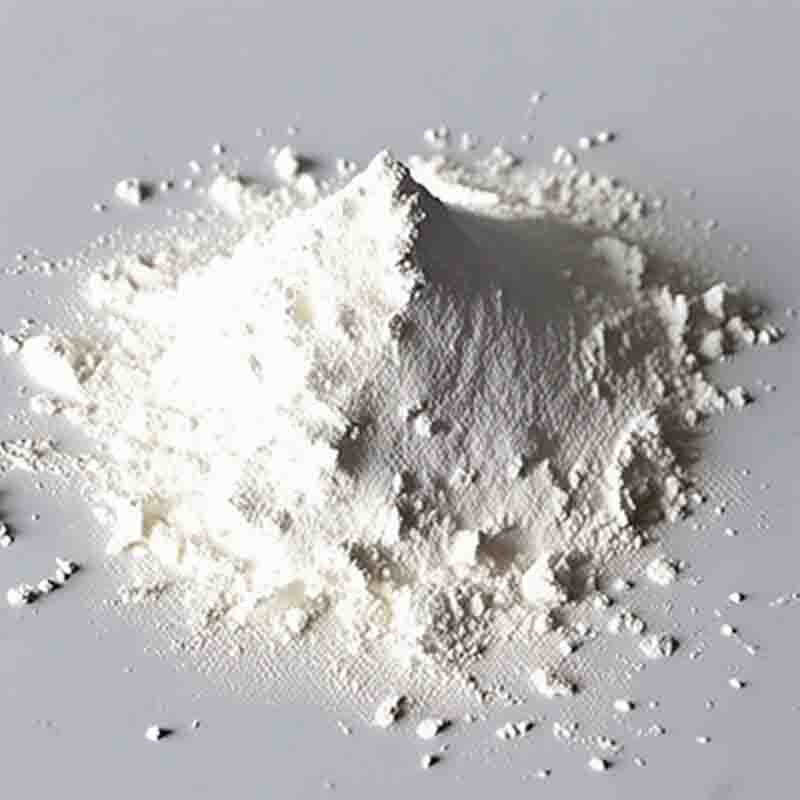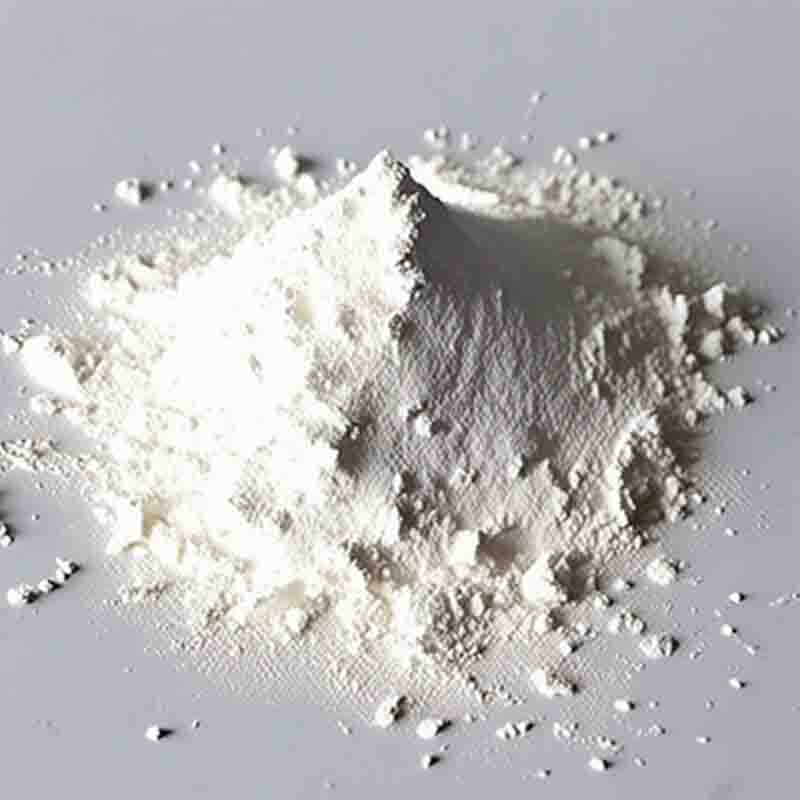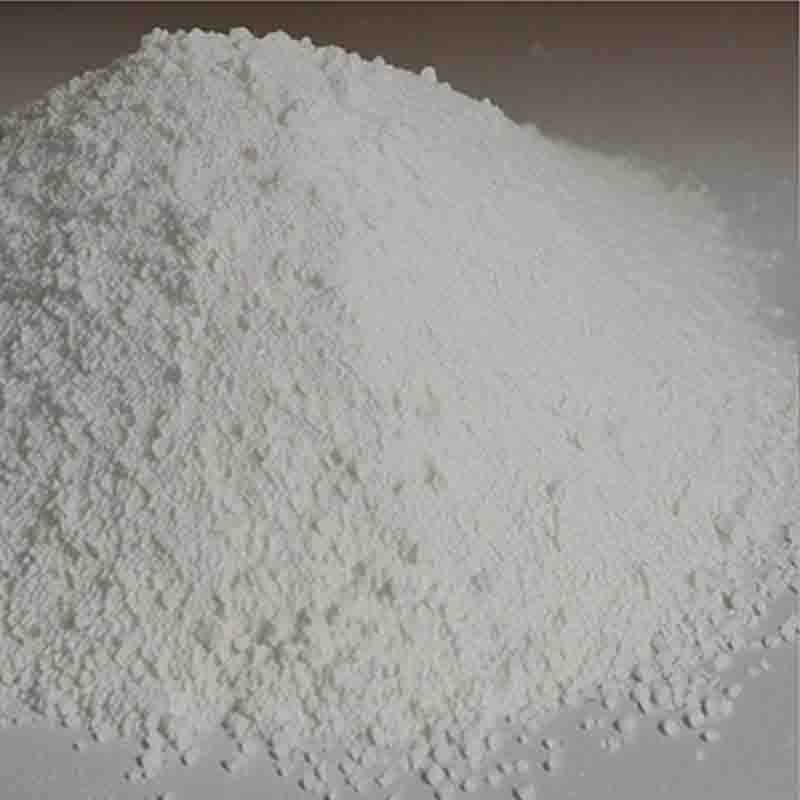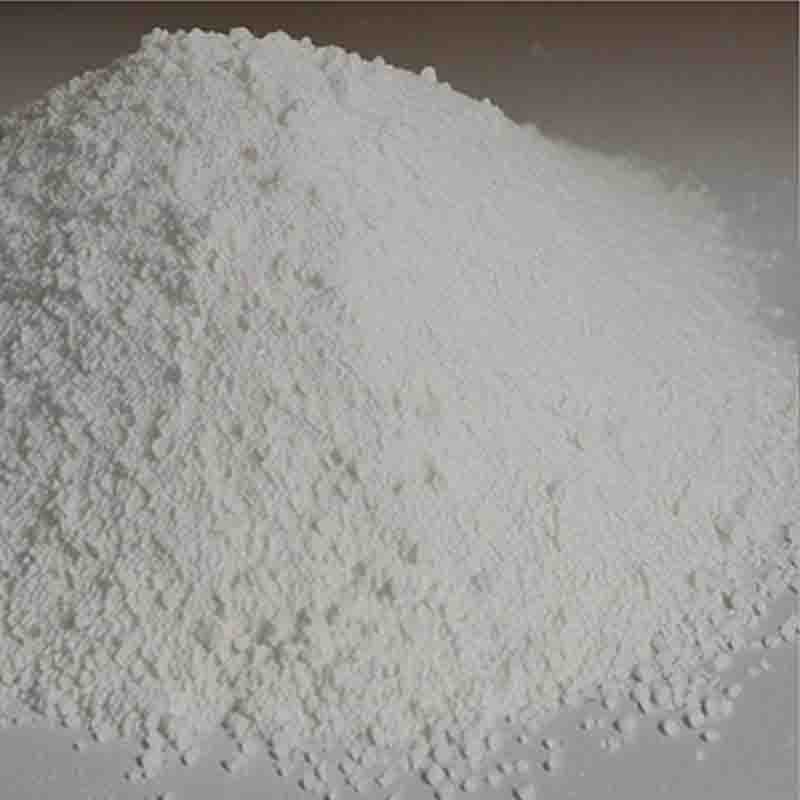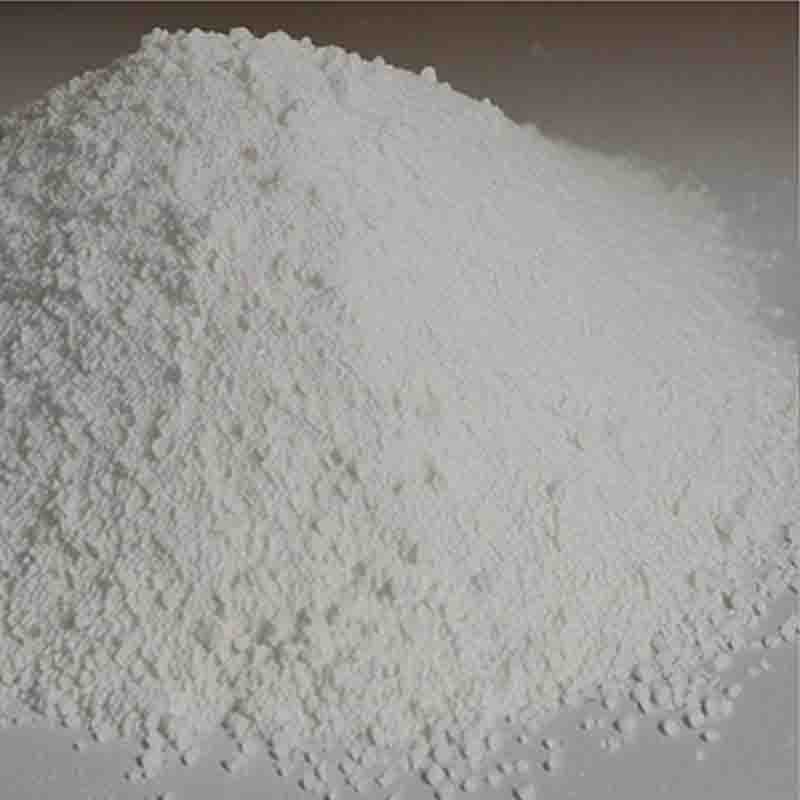4-Isothiocyanato-2-(trifluoromethyl)benzonitrile CAS: 143782-23-4
| Catalog Number | XD93808 |
| Product Name | 4-Isothiocyanato-2-(trifluoromethyl)benzonitrile |
| CAS | 143782-23-4 |
| Molecular Formula | C9H3F3N2S |
| Molecular Weight | 228.19 |
| Storage Details | Ambient |
Product Specification
| Appearance | White powder |
| Assay | 99% min |
4-Isothiocyanato-2-(trifluoromethyl)benzonitrile, commonly known as FITC (Fluorescein Isothiocyanate), is a fluorescent dye that is widely used in various scientific and medical applications. It is characterized by its isothiocyanate group and its trifluoromethyl and benzonitrile functional groups. FITC has become a valuable tool in research and laboratory settings due to its unique fluorescence properties.FITC is primarily used as a fluorescent tag or label for biomolecules, such as proteins, antibodies, and nucleic acids. Its ability to covalently bind to these molecules allows researchers to track and detect them in biological samples. The fluorescence emitted by FITC when excited by specific wavelengths of light enables the visualization and quantification of various biological processes.In immunology and cell biology, FITC-labeled antibodies are widely utilized for immunofluorescent staining and flow cytometry analysis. FITC-conjugated antibodies specifically bind to their target antigens, making it possible to identify and analyze specific cell populations or proteins of interest. This technique is particularly valuable in studying immune cells, identifying markers on cancer cells, and analyzing cellular signaling pathways.In molecular biology and genetic research, FITC is often used for fluorescence in situ hybridization (FISH) assays. FISH involves the specific binding of fluorescently labeled DNA probes to complementary DNA sequences in fixed cells or tissue samples. The use of FITC-labeled probes allows the visualization and localization of specific genetic material within the cell, aiding in the study of gene expression, chromosome mapping, and genetic abnormalities.FITC is also employed in microscopy, where it serves as a versatile fluorescent marker for visualizing cellular structures and organelles. By selectively labeling specific cellular components with FITC, researchers can track their localization, movement, and interactions within living cells. This technique has significantly contributed to our understanding of cell biology and has facilitated advances in fields such as neuroscience and developmental biology.Furthermore, FITC has applications in clinical diagnostics. In medical laboratories, FITC-labeled assays and kits are used for the detection and quantification of various biomarkers. It is particularly useful in immunoassays, such as enzyme-linked immunosorbent assays (ELISAs), where the fluorescence emitted by FITC allows for sensitive and specific detection of target molecules, including hormones, antibodies, and viral antigens.In summary, 4-Isothiocyanato-2-(trifluoromethyl)benzonitrile (FITC) is a widely used fluorescent dye with diverse applications in scientific and medical research. Its ability to label biomolecules and generate fluorescence has revolutionized the fields of immunology, molecular biology, microscopy, and clinical diagnostics. FITC plays a crucial role in visualizing, analyzing, and understanding various biological processes, enabling researchers and clinicians to gain valuable insights into complex biological systems and diseases.


